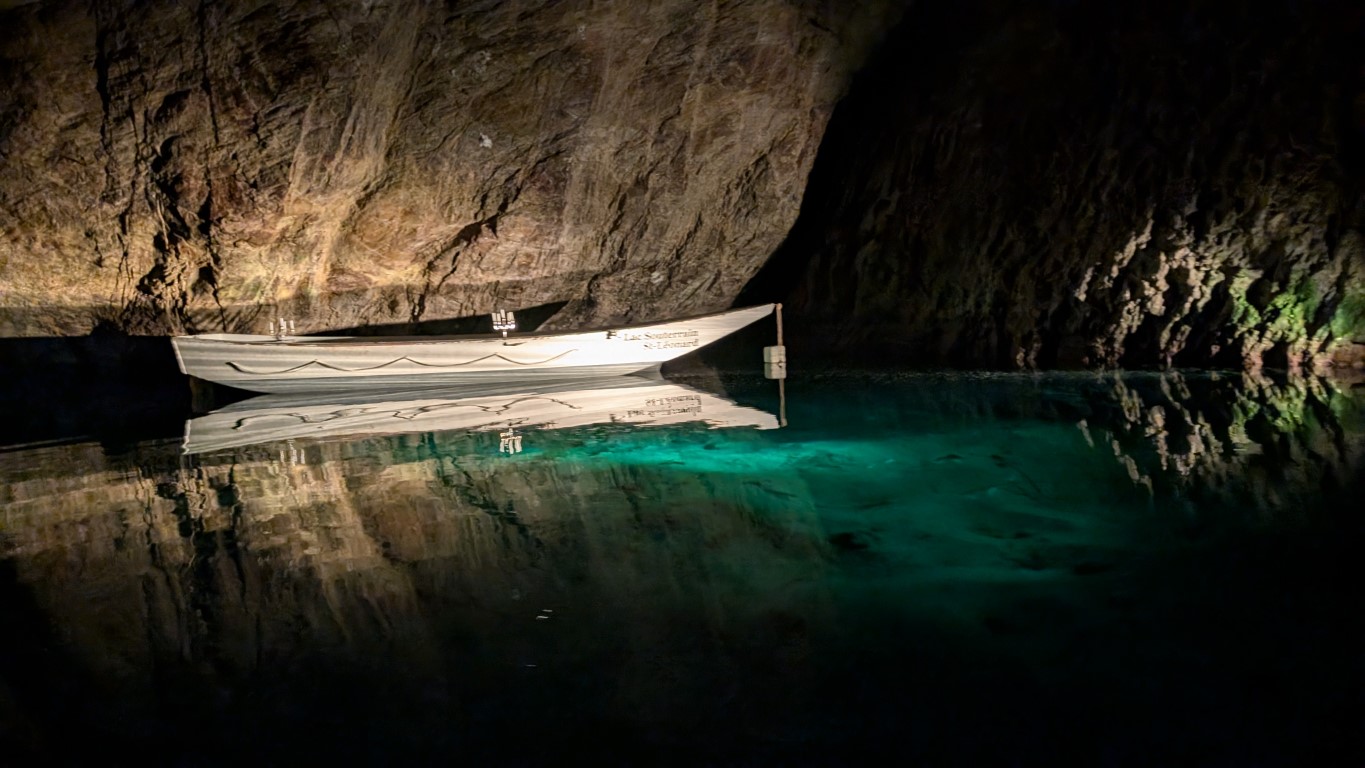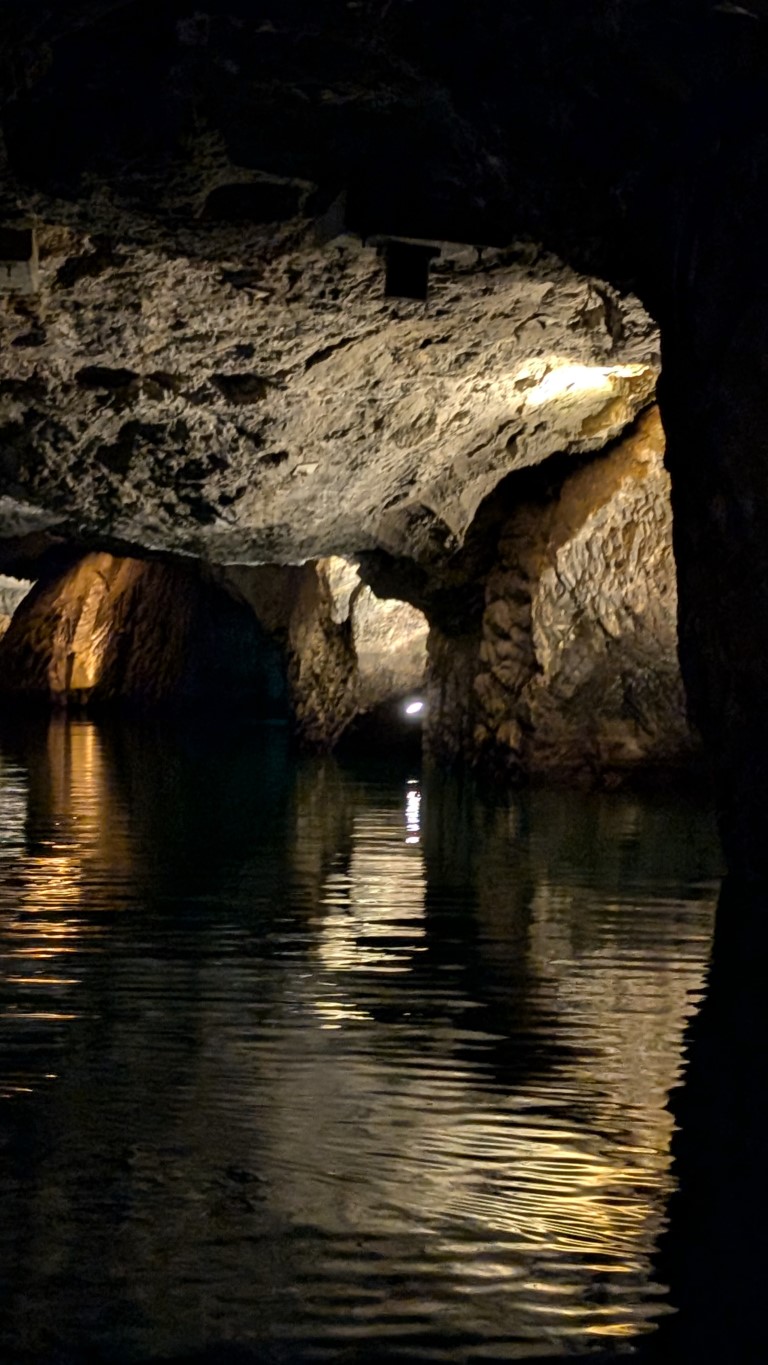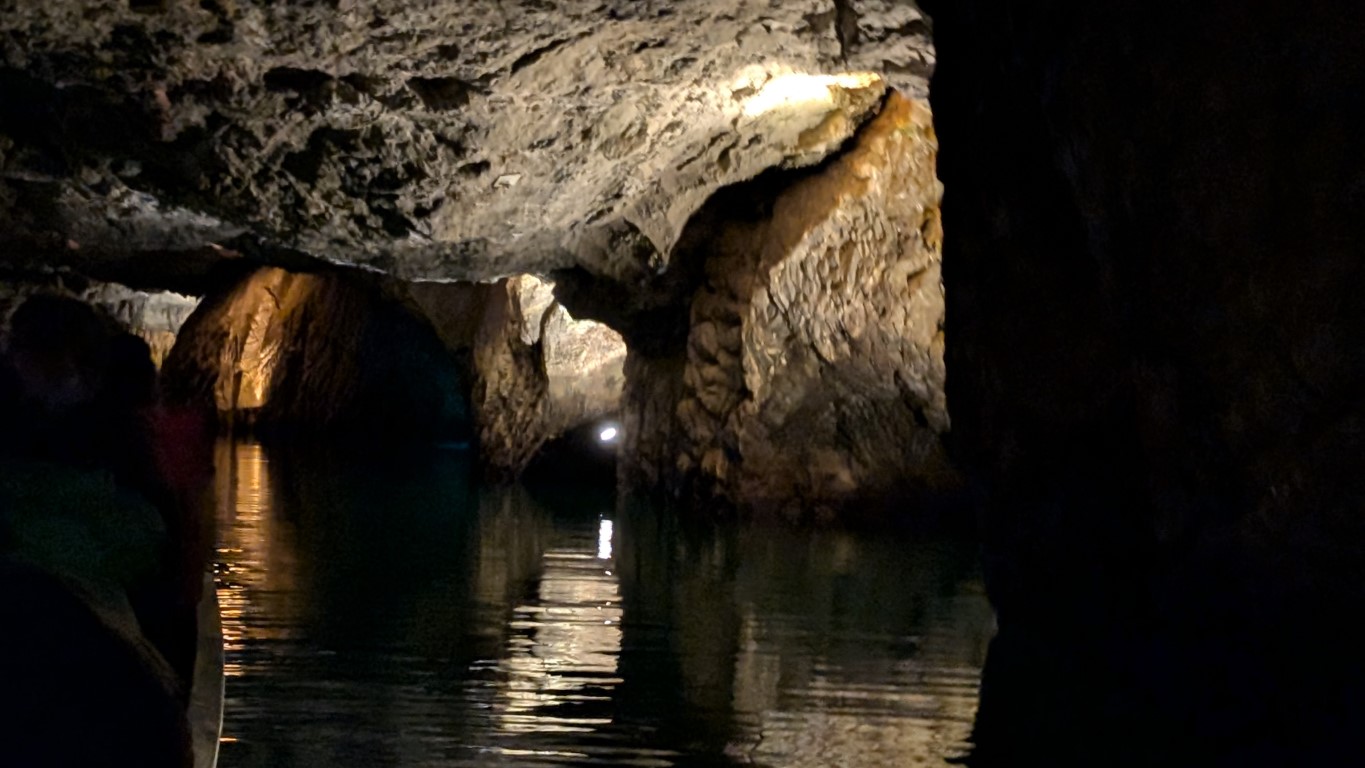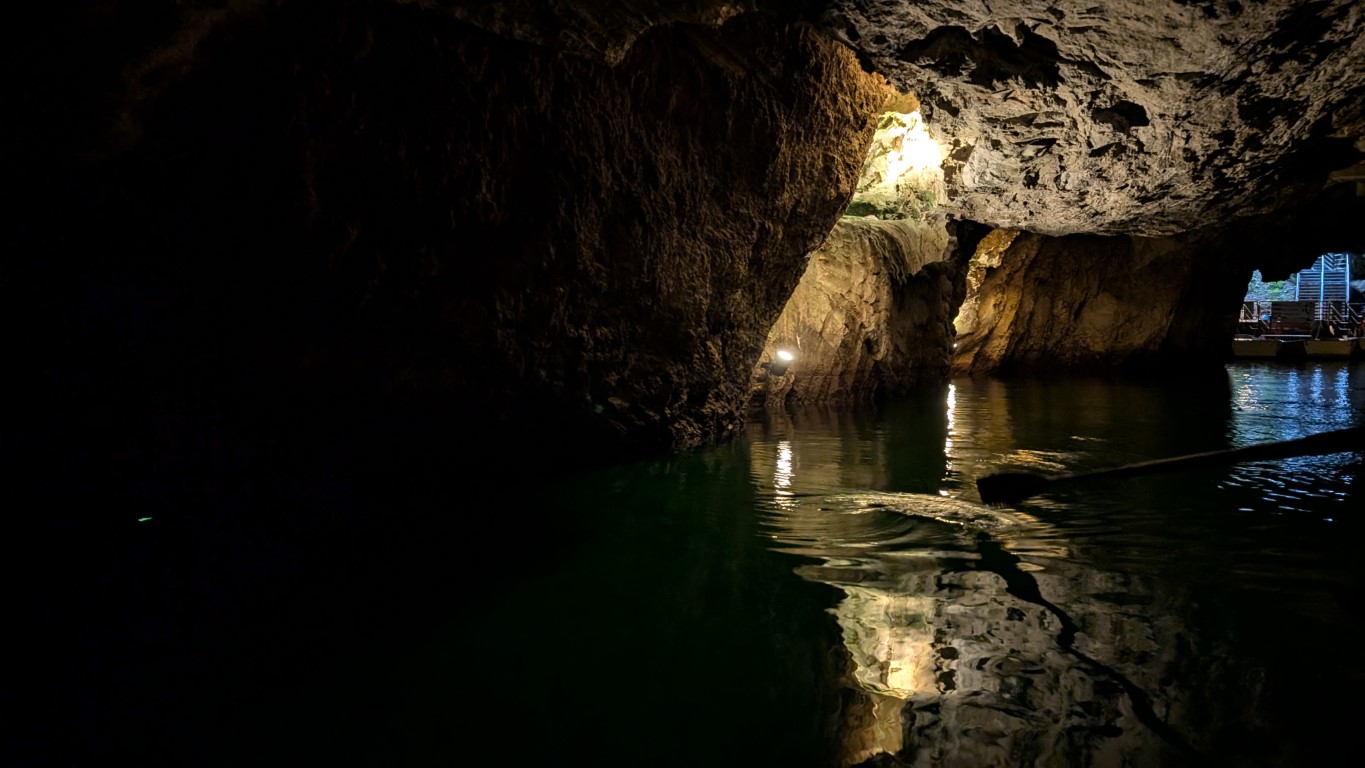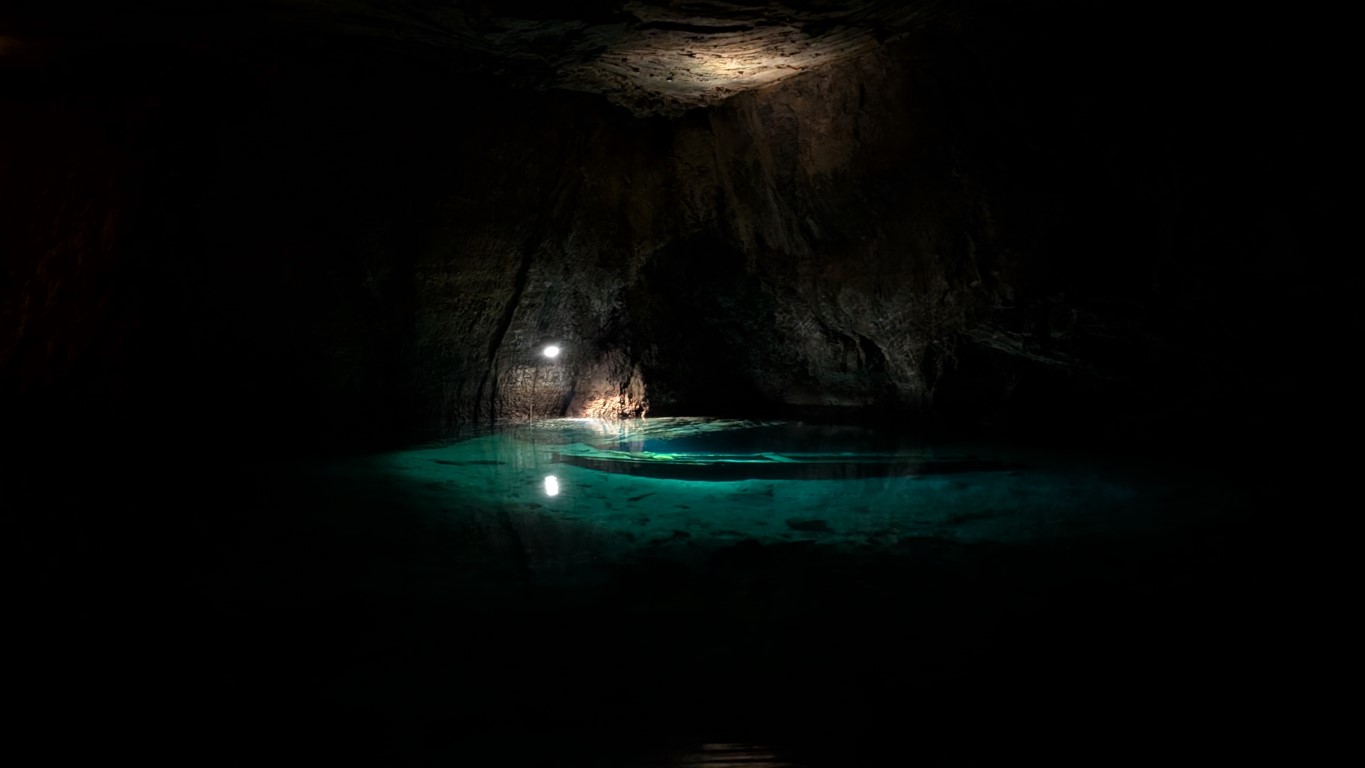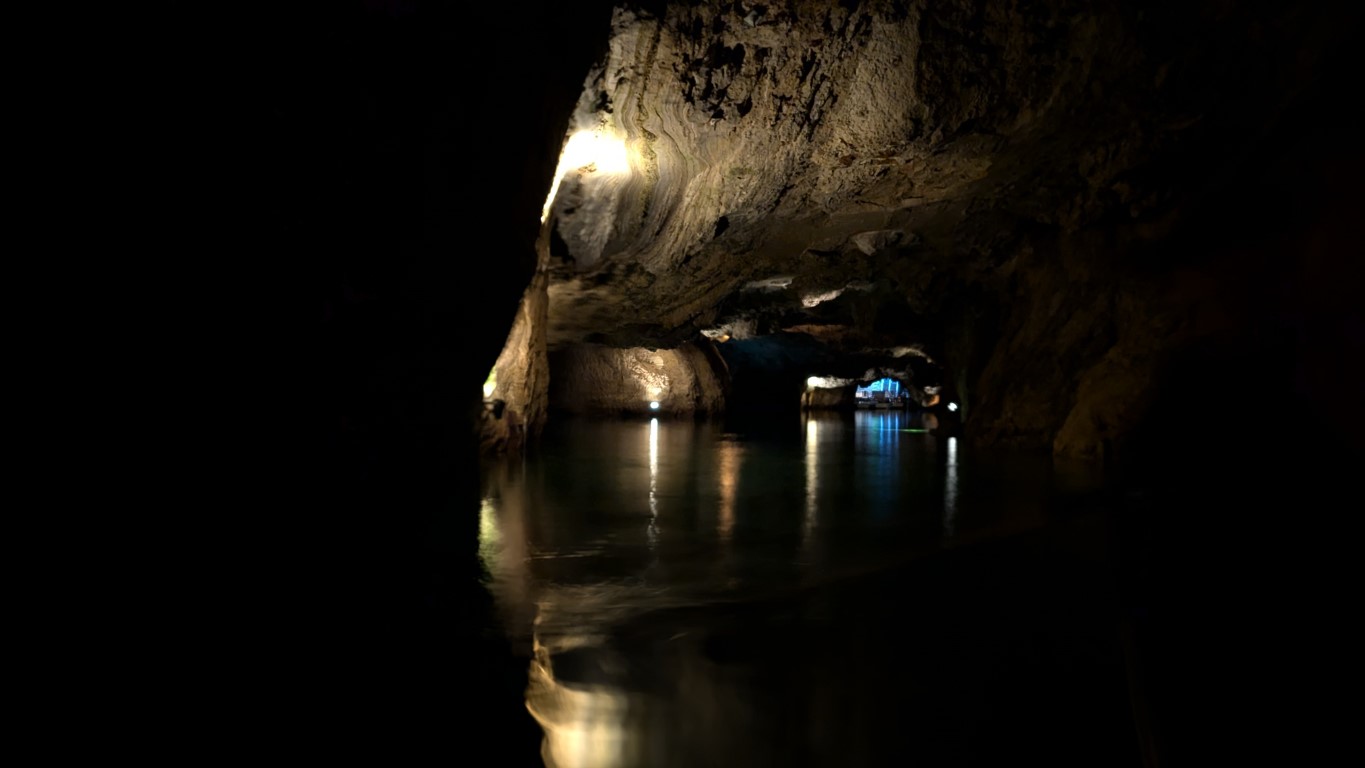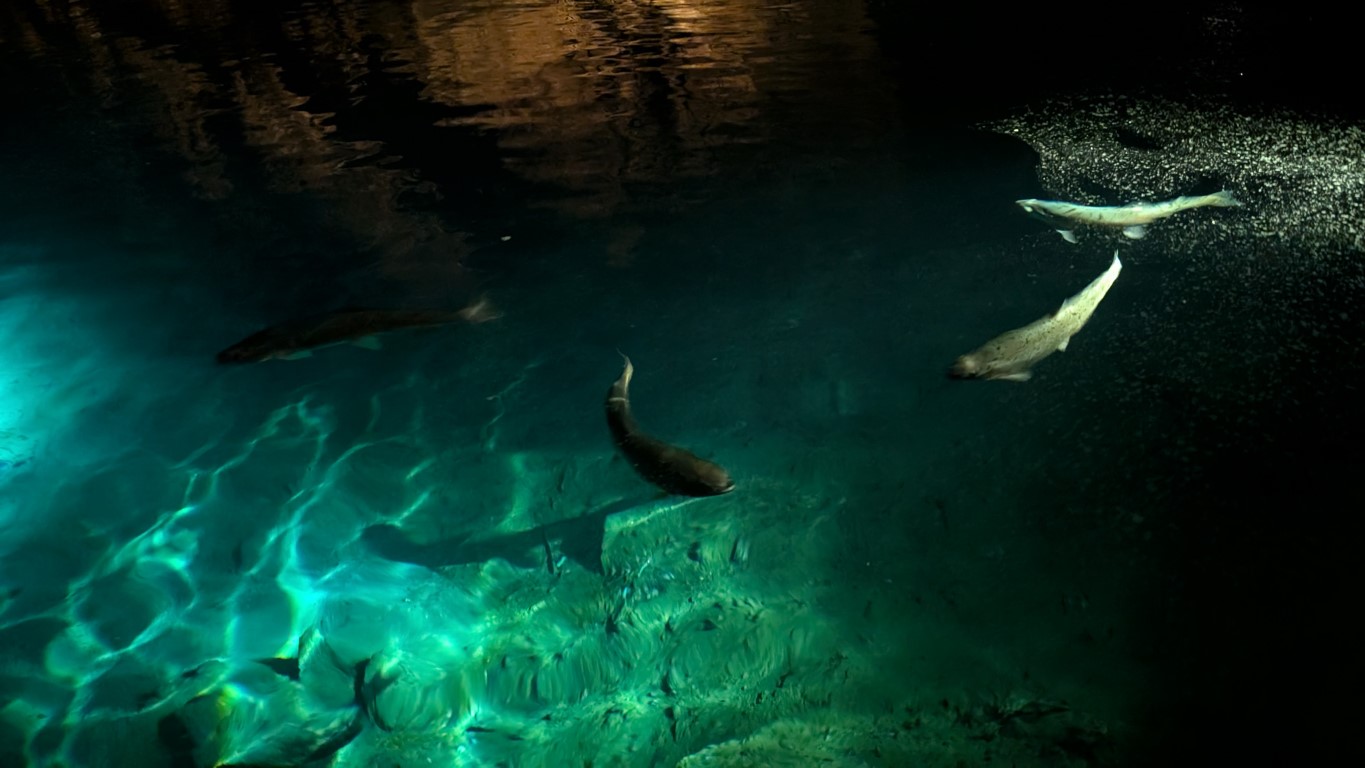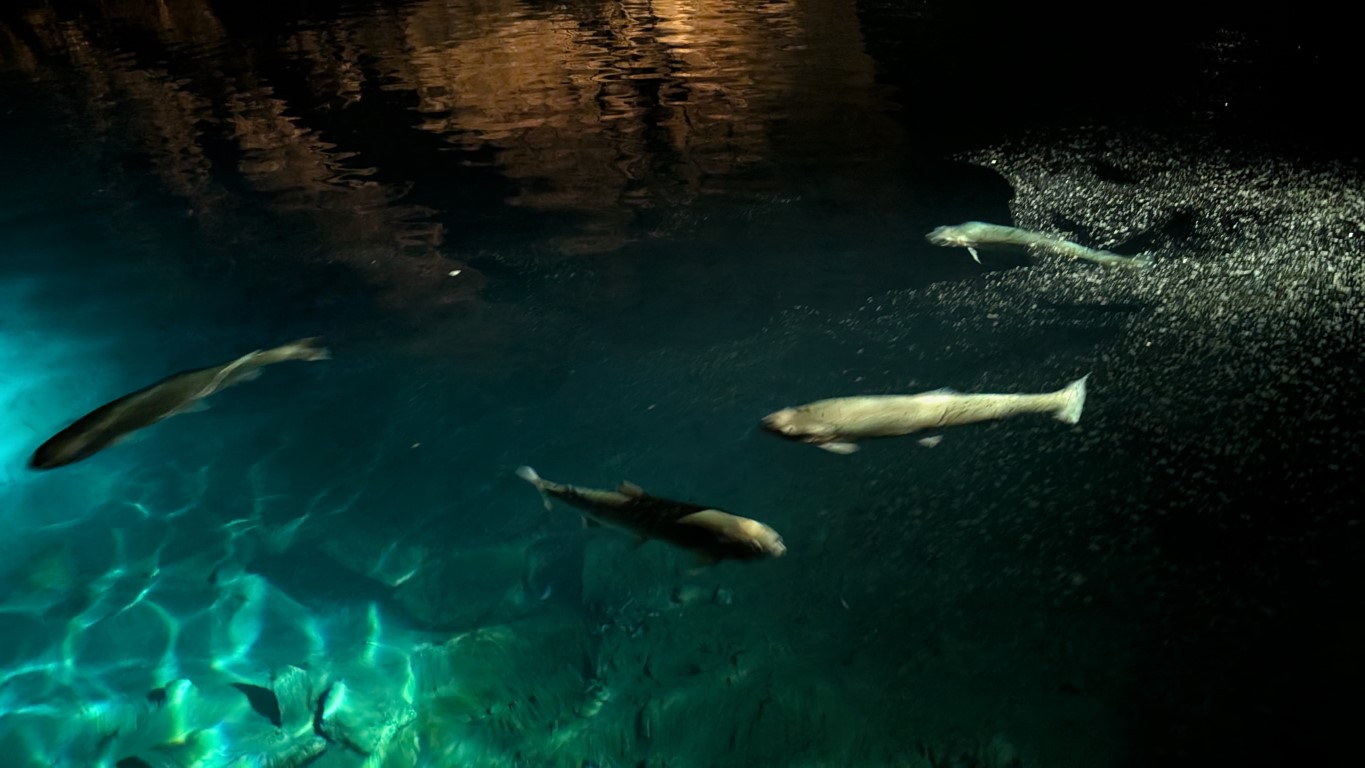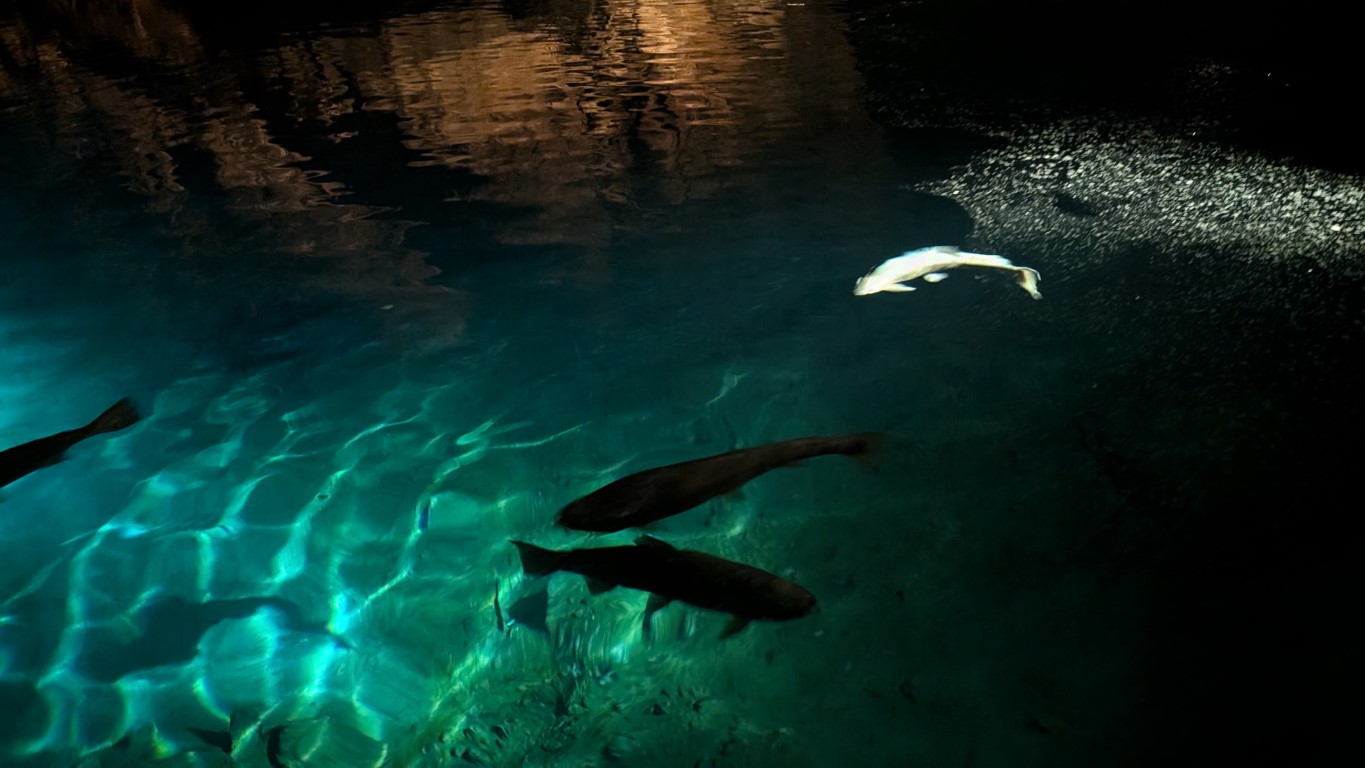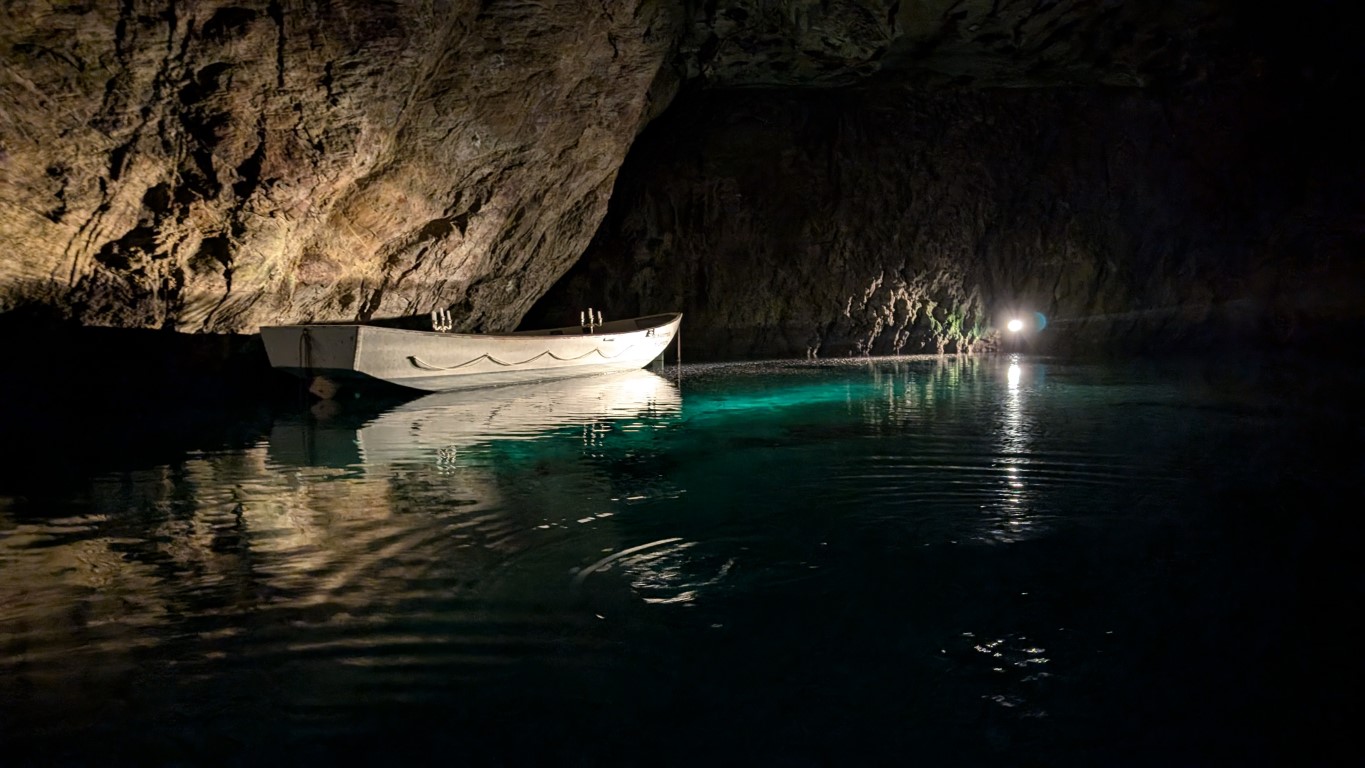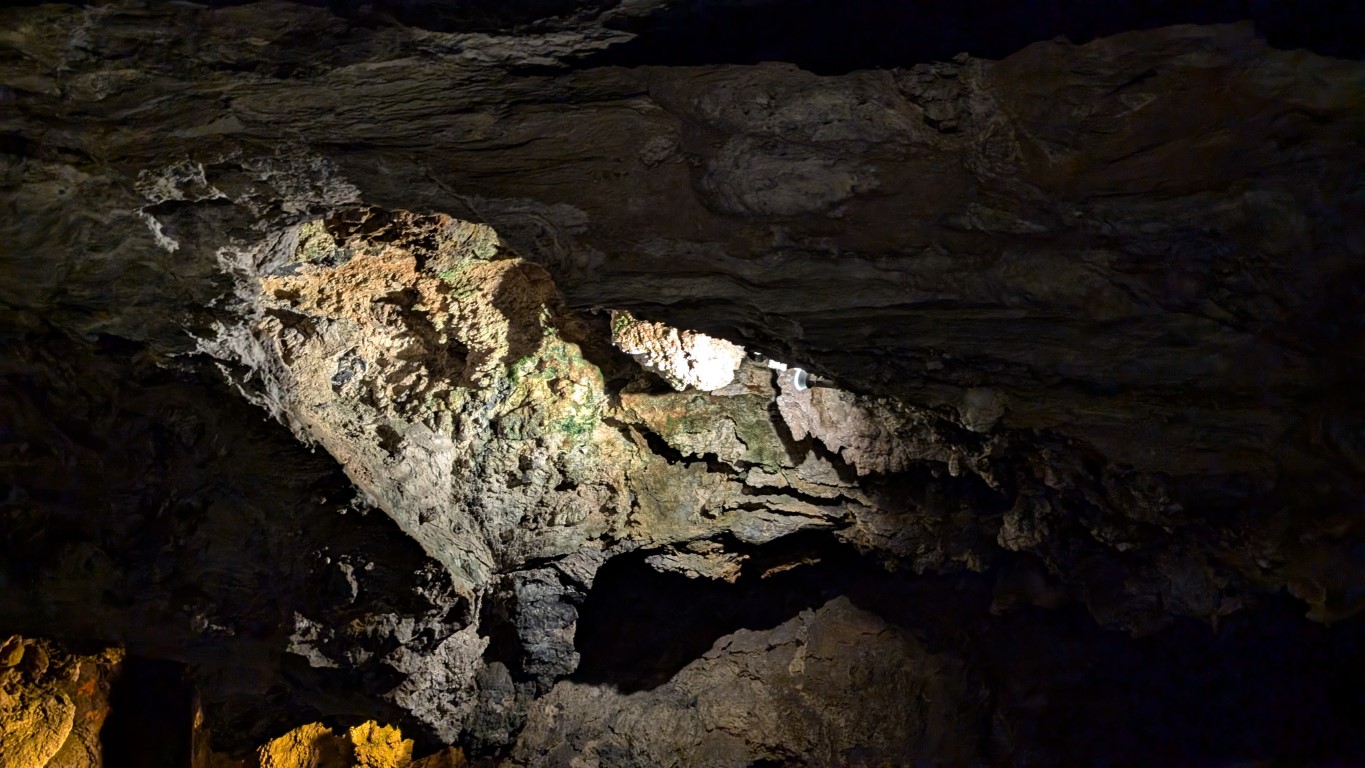It was a quiet morning in the Valais when the first rays of sun kissed the peaks of the Alps. The rugged mountains that had stood like silent sentinels over the valley for millions of years told of secrets hidden deep beneath the earth. One of these secrets was Lac Souterrain St. Léonard, the largest natural underground lake in Europe, a hidden gem just a few minutes from Sion.
The journey there was like entering another world. The vineyards that stretched along the slopes looked like sleeping giants, their roots reaching deep into the earth as if they wanted to embrace the lake that lay 30 to 70 meters below them. It was as if the mountains were whispering that they were more than just rock and earth - they were the guardians of a history that was thousands of years old.
Lac Souterrain was a hidden secret for centuries, known perhaps only to locals and the few who had the courage to enter the darkness of the caves. But it was not until 1943 that it was officially discovered, and since 1949 visitors have been able to glide along its silent waters, carried by the immensity of history and the depth of nature.
As you enter the cave, a cool, damp silence surrounds you. It is as if time stands still here. The air smells of fresh rock and a hint of minerals that have been lying dormant in the depths of the earth since time immemorial. A polyglot guide, whose voice echoes gently in the darkness, leads you to the rowing boat that will take you into this hidden realm.
The water is so clear that it seems as if you are floating on air. Below you, the stone ceilings of the cave are reflected, distorted by the gentle waves of the oars, but the illusion is perfect - it is as if the world has turned upside down. The walls around you glow in the dim light like a stone mosaic, created by the hand of nature over thousands of years.
As you glide over the lake, the guide tells of the forces that shaped this place. The Alps, rising in an epic dance of fire and ice, embraced Lac Souterrain in their heart and gave it its home. The lake has witnessed the great upheaval of the earth, as the continents collided and the mountains grew into the sky. It has seen the arrival of the first people who came over the passes in search of new land, of a home.
The silence is all-encompassing, broken only by the gentle splash of the oars in the water. Each wave seems to whisper a story, a memory of times past that lie dormant in the depths of the lake. Down here, shielded from the world, you feel a deep connection to nature, to the elements and to the history of the earth itself.
When the tour ends after 30 minutes and the boat glides back to shore, you feel like you have traveled through time. The cave, the lake, the mountains - they have all shared their secrets with you and you feel like you have touched a part of their soul. It is a place that is etched not only in the memory but also in the heart.
The Lac Souterrain St. Léonard - a silent, mystical witness to the past, a place that invites you to stop and admire the immense beauty of nature in all its silent splendor. A visit that blurs the boundaries of time and reveals to you the eternity of the Alps in its purest form.
background
The Lac Souterrain de Saint-Léonard is the largest natural underground lake in Europe at 6,000 m², located in Switzerland, between Sion and Sierre. The cave is visited by around 100,000 people every year. The artificially created Hinterbrühler Lake in Lower Austria is slightly larger, but was only created by water ingress after an explosion and requires constant pumping.
The cave of Saint-Léonard was known to the locals for a long time, but was not explored until 1943 by the speleologist Jean-Jacques Pittard. After an earthquake in 1946, the water level dropped and tourism with boat trips began in 1949. In 2000, the cave closed after a boulder fell, but was reopened in 2003 after extensive safety work.
The lake is 300 meters long, about 20 meters wide and a constant 11 degrees. Other caves, hidden behind boulders, are not accessible to visitors. Bats naturally live in the cave, while trout have been deliberately introduced.
Access
The lake is accessible from spring to autumn. The boat trip costs an entrance fee.


